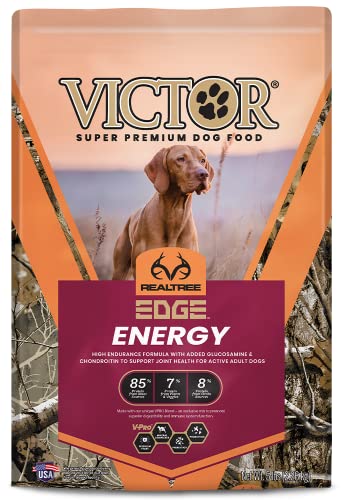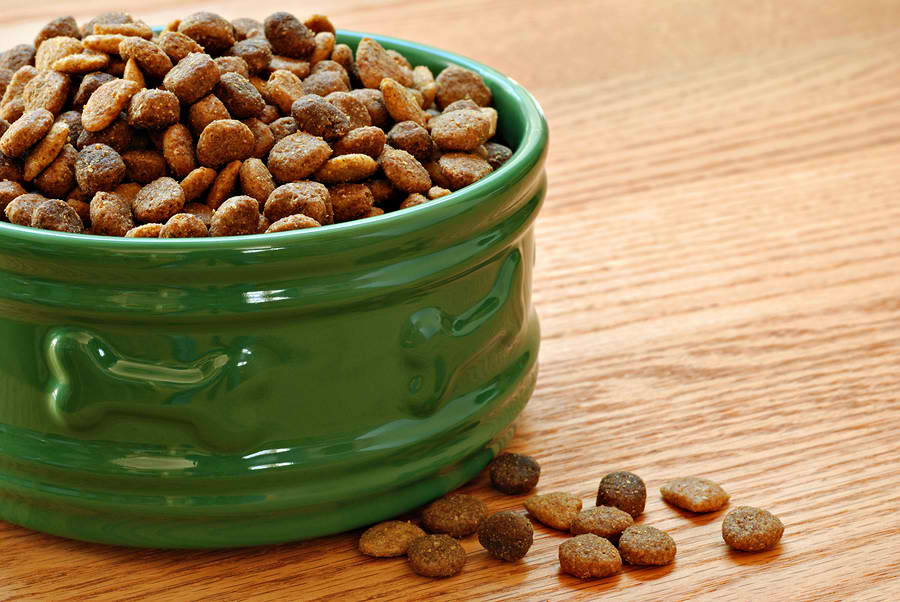
Fueling the Hunt: Choosing the Best Dry Dog Food for Active Hunting Dogs
For hunting enthusiasts, a loyal canine companion is more than just a pet; they are a vital partner in the field. These dogs possess incredible stamina, keen senses, and unwavering dedication. However, their demanding lifestyle requires specialized care, especially when it comes to nutrition. Choosing the right dry dog food is paramount to ensuring they have the energy, muscle strength, and overall health necessary to perform at their peak.
Understanding the Nutritional Needs of Hunting Dogs
Hunting dogs face unique physical challenges compared to their sedentary counterparts. Their nutritional requirements are significantly higher due to:
- High Energy Expenditure: Hunting involves prolonged periods of running, jumping, swimming, and navigating challenging terrains. This intense activity burns a substantial amount of calories.
- Muscle Maintenance and Repair: The physical demands of hunting place significant stress on muscles. Adequate protein intake is crucial for repairing muscle damage and building new muscle tissue.
- Joint Support: Repeated impact and stress on joints can lead to wear and tear. Nutrients that support joint health are essential for preventing injuries and maintaining mobility.
- Hydration: Hunting dogs are prone to dehydration, especially in warm weather. While water is critical, certain nutrients can aid in hydration and electrolyte balance.
- Immune System Support: Exposure to various environmental factors during hunting can weaken the immune system. A robust immune system is vital for preventing illness and ensuring a quick recovery.
Key Nutrients to Look for in Dry Dog Food
When selecting dry dog food for an active hunting dog, prioritize formulas that are rich in the following nutrients:
-
Protein:
- Importance: Protein is the building block of muscle tissue and plays a crucial role in energy production.
- Ideal Source: Look for high-quality animal-based protein sources like chicken, turkey, beef, lamb, or fish. Avoid foods that list plant-based proteins (e.g., corn gluten meal, soy) as the primary ingredient.
- Recommended Amount: Aim for a protein content of at least 30% on a dry matter basis. During peak hunting season, you may need to increase protein intake to 35% or higher.
-
Fat:
- Importance: Fat is a concentrated source of energy and helps maintain a healthy coat and skin.
- Ideal Source: Opt for healthy fats like chicken fat, fish oil (rich in omega-3 fatty acids), or flaxseed.
- Recommended Amount: A fat content of 20-30% is generally recommended for active hunting dogs. Adjust the fat content based on the dog’s activity level and body condition.
-
Carbohydrates:
- Importance: Carbohydrates provide a quick source of energy and support overall health.
- Ideal Source: Choose complex carbohydrates like brown rice, sweet potatoes, barley, or oats. Avoid foods with excessive amounts of fillers like corn, wheat, or soy.
- Recommended Amount: Carbohydrate needs vary depending on the dog’s individual metabolism and activity level.
-
Vitamins and Minerals:
- Importance: Vitamins and minerals are essential for various bodily functions, including immune system support, bone health, and energy production.
- Key Vitamins and Minerals: Look for foods that are fortified with vitamin A, vitamin D, vitamin E, B vitamins, calcium, phosphorus, and zinc.
-
Joint Support Nutrients:
- Importance: Hunting dogs are prone to joint problems due to the high impact nature of their activities.
- Key Nutrients: Glucosamine and chondroitin are essential for maintaining cartilage health and reducing inflammation.
-
Antioxidants:
- Importance: Antioxidants protect cells from damage caused by free radicals, which are produced during intense physical activity.
- Key Antioxidants: Vitamin E, vitamin C, and selenium are powerful antioxidants that support immune function and overall health.
Reading the Dog Food Label: A Step-by-Step Guide
Navigating the world of dog food labels can be overwhelming. Here’s a breakdown of what to look for:
- Ingredient List: The ingredients are listed in descending order by weight. The first few ingredients should be high-quality animal-based protein sources.
- Guaranteed Analysis: This section provides information about the minimum percentages of crude protein, crude fat, crude fiber, and moisture.
- AAFCO Statement: Look for a statement that the food meets the nutritional levels established by the Association of American Feed Control Officials (AAFCO) for the dog’s life stage (e.g., adult maintenance or all life stages).
- Feeding Guidelines: These guidelines provide a starting point for determining how much food to feed your dog. However, you may need to adjust the amount based on your dog’s individual needs.
Choosing the Right Formula for Your Hunting Dog
Consider these factors when selecting a dry dog food formula:
- Age: Puppies have different nutritional needs than adult dogs. Choose a formula specifically designed for puppies or all life stages.
- Breed: Certain breeds are more prone to specific health problems. Select a formula that addresses these concerns.
- Activity Level: Adjust the amount of food based on your dog’s activity level. Highly active dogs will need more calories than less active dogs.
- Weight: Monitor your dog’s weight and adjust the amount of food accordingly.
- Sensitivities: If your dog has any food sensitivities or allergies, choose a limited-ingredient formula.
Transitioning to a New Food
When switching to a new dog food, it’s essential to do so gradually to avoid digestive upset. Mix a small amount of the new food with the old food, gradually increasing the amount of new food over a period of 7-10 days.
Additional Tips for Feeding Hunting Dogs
- Feed Multiple Small Meals: Instead of feeding one large meal, divide the daily ration into two or three smaller meals.
- Provide Fresh Water: Always provide access to fresh, clean water, especially during and after hunting.
- Consider Supplements: Depending on your dog’s individual needs, you may want to consider adding supplements like glucosamine and chondroitin or omega-3 fatty acids.
- Monitor Your Dog’s Body Condition: Regularly assess your dog’s body condition to ensure they are maintaining a healthy weight. You should be able to feel their ribs easily without seeing them.
- Consult with Your Veterinarian: Your veterinarian can provide personalized recommendations for your dog’s diet based on their individual needs.
Popular Dry Dog Food Brands for Hunting Dogs
Here are a few popular dry dog food brands that are known for their high-quality ingredients and formulas designed for active dogs:
- Purina Pro Plan Sport
- Eukanuba Premium Performance
- Victor Purpose Performance
- Diamond Naturals Extreme Athlete
- Taste of the Wild High Prairie
Final Thoughts
Choosing the right dry dog food is an investment in your hunting dog’s health, performance, and overall well-being. By understanding their unique nutritional needs and carefully selecting a formula that meets those needs, you can ensure your loyal companion has the energy and stamina to excel in the field for years to come. Always consult with your veterinarian to determine the best diet for your individual dog.

